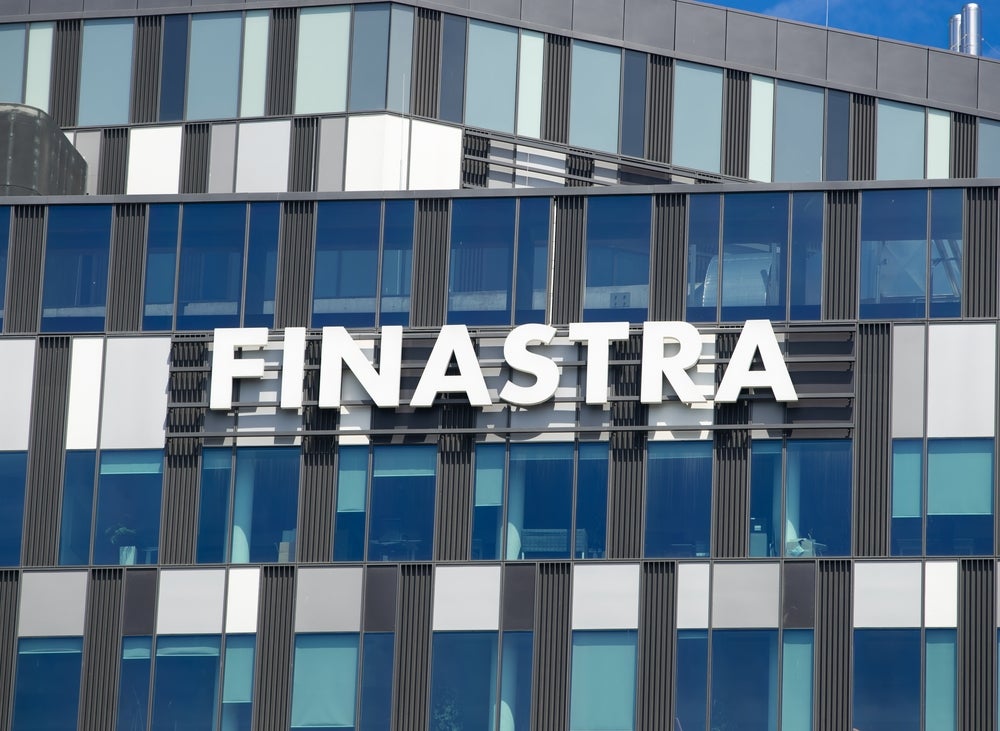For understandable reasons, there is much comment in the consumer press suggesting that the COVID-19 epidemic is another banking crisis in the making.
It is bad and will get worse but will not be anything like as bad as 2008. The COVID-19 epidemic will reduce economic activity and threatens to unleash a mountain of corporate debt. Investors are jittery and rating agencies will downgrade the riskiest corporate borrowers.
But amid all the hysteria, there are key differences with 2008.
First off, the banking sector is much less leveraged than in 2008. That is a crucial key point to hammer home, at least in terms of credit availability.
Secondly, the banking sector is a lot better regulated than in 2008.
That will not stop bank lobbyists using the COVID-19 epidemic to lobby for a relaxation in regulations.
How well do you really know your competitors?
Access the most comprehensive Company Profiles on the market, powered by GlobalData. Save hours of research. Gain competitive edge.

Thank you!
Your download email will arrive shortly
Not ready to buy yet? Download a free sample
We are confident about the unique quality of our Company Profiles. However, we want you to make the most beneficial decision for your business, so we offer a free sample that you can download by submitting the below form
By GlobalDataIndeed, the Bank Policy Institute is already at it. It is calling on the Fed to cut reserve requirements.
Critics will suggest that short-term remedies to conserve capital lie rather closer to home. Such as suspending share buy-backs and cutting dividend payouts.
COVID-19 epidemic- follows an 11 year bull run
Thirdly, do not lose sight of the fact that US banks go into this crisis on the back of an 11 year bull run.
As RBI noted in December, 2019 was an outstanding year for shareholders in the largest US banks.
Citigroup led the way among major US lenders with its share price ahead by over 40%.
But the world’s largest two banks by market cap, JPMorgan Chase and Bank of America also enjoyed a stellar 2019.
Both Chase and Bank of America share prices rose by more than 33% in 2019.
The market correction of 9 March does no more – painful as it was for shareholders – than wipe out much of the share price gains of 2019.
As RBI reported as recently as 25 February, US banks enjoyed a stellar 2019, the second most profitable year ever for US banks.
In total, US banks report net income of $233.1bn in 2019, down by 1.5% from the record year of 2018.
COVID-19 epidemic: M&A banking activity to ramp up?
Even before the outbreak of COVID-19, 2020 was always going to be a challenging year for the banking sector, especially in Europe.
Europe is chronically overbanked. There is one bank for every 82,000 individuals in the EU. Most are inefficient with numerous cost transformation programs of the past decade failing to lower efficiency ratios below 60%.
The average cost-to-income ratio of European banks is a far too high 62.3%.
Average ROEs remain well below the cost of equity, at less than 7%. Recent improvements in profitability have been principally driven by lower impairments rather than income growth.
Perhaps one positive outcome from the ghastly virus will be long overdue banking consolidation in Europe.
Lastly, one positive comment regarding the banking sector deserves to be highlighted: disaster management. Almost without exception the banks’ emergency plans are working effectively. Where possible, subject to regulatory compliance, staff are working remotely and there have been no major IT outages. It is also encouraging that many leading retail banks are making positive noises about mortgage holidays for customers.
COVID-19 epidemic: monetary policy
The 0.5% UK cut in interest rates announced on 11 March aims to defend the economy from the shock of the virus.
In particular, the Bank of England argues that the cut will boost cash-flows for business and consumers. If that works, it will help to improve the availability of finance.
In addition, the UK central bank will offer banks cheap funding for four years so they can lend through the crisis.
With respect to the Bank of England, monetary policy emergency measures will only go so far. UK consumers will continue to face overdraft interest rates of 40% across the board. Credit card interest rates will remain in the high teens for most cardholders.
All eyes now turn towards the UK budget. If pre-budget leaks prove accurate, targeted fiscal measures via a major increase in public spending are likely to do more to fend off the worst effects of the virus.






